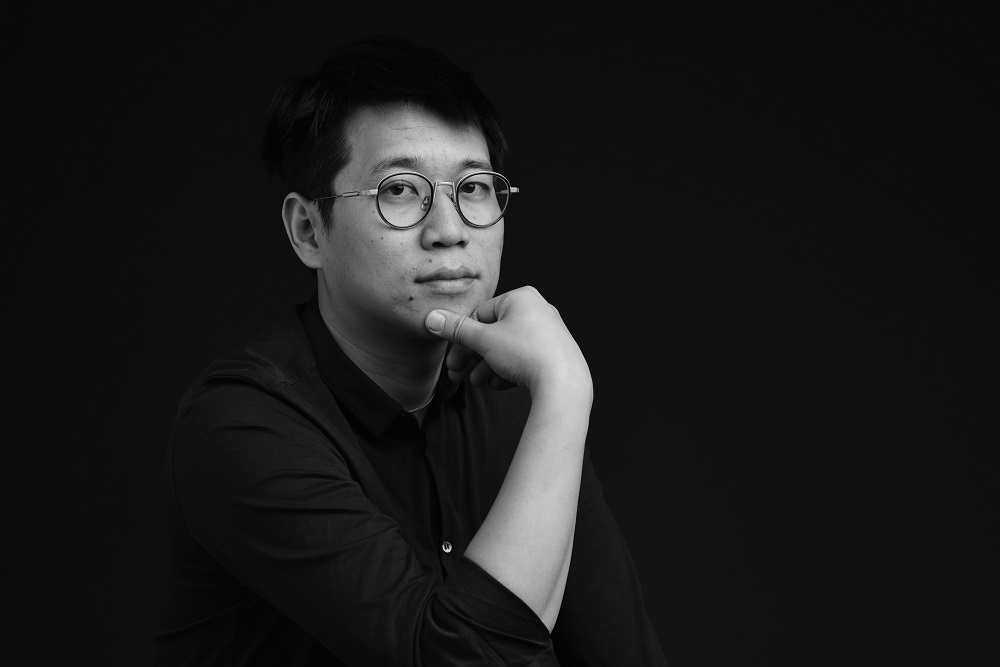- 2024 Pioneer Award Prize
- From Architectural Design
Qingdao“ Experience Nature view tide” homestay
Project Description
This project is located in the Laoshan Scenic Area of Qingdao and is a renovation project based on the current construction. The base has a unique sea view. The entire base presents a shape that opens towards the sea, providing maximum visual experience for viewing the sea; At the same time, the base presents a gradual decline in the vertical elevation on the sea side, providing views at different heights for sea observation; In addition, the sea is located on the north side of the base, providing a permanently bright sea surface for Qingdao, located north of the Tropic of Cancer.
The most important purpose of this project design is to maximize the use of the sea view while organizing the internal space. Firstly, it provides an excellent sea view experience for people arriving here, and secondly, there is still enough potential for sightseeing inside.
Firstly, based on the current architectural layout, this project will change the transformed architectural layout to a form that conforms to the base's surface and sea surface, in order to maximize the utilization of sea view resources. At the same time, the original elevation difference of the base is further strengthened, and the building is designed as a compact and non-interference three story retreat form. On one side, each floor and room have excellent and differentiated sea views. Based on the original architectural conditions, the architectural space is re divided to create various functional spaces with different spatial forms and viewing methods. There are long spaces for vertical sea viewing, horizontal spaces for horizontal long sea views, and irregular spaces for novel sea viewing experiences.
In addition, based on the current conditions of the site and architecture, the indoor and outdoor spaces within the site will be reorganized and created to present a diverse, picturesque, and diverse form of internal space. The originally straight corridor has been transformed into a folding corridor filled with green; The original single streamline has become a rich and scenic (not just sea views) trail that can be visited; The originally monotonous rooms side by side have transformed into personalized landscape rooms with different entry methods, internal spaces, and views.
We have carried out significant renovations to the two houses located near the sea surface, transforming the previously monotonous and dilapidated buildings into spaces with excellent sea facing quality, providing an unprecedented experience of " waves crashing in front of us".
We have made significant changes to the higher buildings on the south side of the courtyard base while retaining the original building structure. The original room division of the first floor space has been broken and reorganized, and the connecting corridors between the rooms have also been redesigned - the plan is tortuous while introducing skylight, creating a "winding and secluded" quality, while also keeping the entrances of each guest room private to each other.
In terms of landscape design, we have transformed the originally messy outdoor space to match the architectural space. On the south side of the building, the outdoor space on the third floor of the original building has been transformed into a private soup courtyard for guest rooms and a winding public hiking trail; The outdoor space of the original sea has been designed by us as a space with public attributes for entertainment and a private courtyard for guest rooms. Between the two, we have designed a "horn" shaped ramp that can directly reach the sponge. Guests can walk directly into the sea from here. The outdoor space on the east side of the original site has become a dining area connected to the roof of the restaurant, allowing people to have unlimited access to the sea while dining, and even walk up to the roof of the restaurant to experience the wonders of "viewing the mountains and small areas".
Undergraduate course, School of Architecture, South China University of Technology.
Master of Architecture Research Center of Peking University.
Founder and presiding architect of Beijing Yishan Design Co., Ltd.
Auburn landscape architecture consultant, USA.
Expert Consultant of Intellectual Property Service Center of China TV Drama Production Association.
Since 2012, he has worked in the National Art Museum Project Office of China Art Museum, and served as the architect of Party A of the new National Art Museum project;
Since 2015, he has worked as a senior architect in Beijing Weiming Space Architectural Design Consulting Co., Ltd.;
In 2017, Beijing Chengshi Gating Architectural Design Consulting Co., Ltd. was established as the presiding architect;
In 2017, he joined the partner of Oriental Auburn Architectural Planning and Design Co., Ltd..

